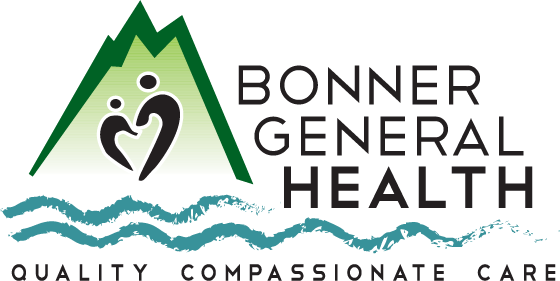By: Kathy Hubbard
Last Thursday, this New York Times Breaking News headline popped into my Inbox: “Trump is Diagnosed with Common Vein Condition After Leg Swelling.” The president, according to the article, is suffering from chronic venous insufficiency. It’s sufficient to say, I immediately went to “Dr. Google.”
Both the Cleveland Clinic and Johns Hopkins Medicine’s websites have very thorough explanations. They say that chronic venous insufficiency (CVI) happens when the leg veins become damaged and no longer work as they’re supposed to.
“Normally, valves in your leg veins keep blood flowing back up to our heart. But CVI damages those valves, causing blood to pool in your legs. This increases pressure in your leg veins and causes symptoms like swelling and ulcers,” Cleveland Clinic says.
Johns Hopkins says, “If this condition is not treated, you may have pain, swelling, cramps, skin changes, varicose veins and leg ulcers. Chronic venous insufficiency is not a serious health threat. But it can be painful and disabling.”
According to the National Institutes of Health, an estimated 10 to 25 percent of adults are affected by CVI. It’s more prevalent in older individuals, with about four percent of those 65 and older developing venous ulcers, which is a severe complication.
Varicose veins are often associated with CVI. The Chicago Vein Institute estimates that 50 percent of the U.S. population over 50 years old has varicose veins, predominately women. From what I read, there was no mention of Mr. Trump having them.
“Without treatment, CFI raises the pressure in your leg veins so much that your tiniest blood vessels (capillaries) burst. When this happens, the skin in that area takes on a reddish-brown color and can easily break open if bumped or scratched. These burst capillaries can cause tissue inflammation in that area, tissue damage, or venous stasis ulcers. These are open sores on your skin’s surface,” Cleveland says.
Venous stasis ulcers can become infected because they don’t heal easily. And, that infection can spread to nearby tissue. When this happens, the condition is called cellulitis and is dangerous if it’s not treated promptly.
Johns Hopkins says that symptoms of chronic venous insufficiency may include swelling in your legs or ankles; tight feeling in your calves or itchy painful legs; pain when walking that stops when you rest; having an urge to move your legs, i.e. restless leg syndrome; painful leg cramps or muscle spasms, i.e. charley horse.
You are at the highest risk for CVI if you have a history of deep vein thrombosis (DVT). You’re also at risk if you have varicose veins or a family history of varicose veins; are obese, pregnant; not getting enough physical activity; smoke or use tobacco; sit or stand for long periods of time,
or if you sleep in a chair or recliner. Women are more apt to have CVI, and anyone over 50 is at risk.
Under the “how can I prevent it” title, Cleveland says, “Sometimes, CVI can’t be prevented. But you can lower your risk of CVI and other vein problems by making some lifestyle changes. One should avoid smoking and tobacco use; avoid wearing restrictive clothing like tight girdles or belts; don’t sit or stand for too long at a time (get up and move around as often as you can); eat a heart-healthy diet (this includes reducing your sodium intake); exercise regularly; keep a health weight.”
If you’re diagnosed with CVI, your primary healthcare provider will give you all the options for treatment. Some are as simple as changing some daily habits and taking medications and/or wearing compression socks.
As for home care, besides managing your weight and not smoking, they recommend flexing and extending your legs, feet and ankles about ten times every 30 minutes anytime you’re standing or sitting for prolonged periods of time. You should also check your skin every time you shower, and if you see any ulcers, call your PCP. After your daily shower you should moisturize your skin thoroughly.
When sitting or lying down, you should elevate your legs over your heart. And, probably most importantly you should exercise on a regular basis. Cleveland says, “Walking is especially helpful for your leg veins.”
CVI, like so many other conditions, can mimic other health issues. See your medical provider. Donald Trump did.
Kathy Hubbard is a member of the Bonner General Health Foundation Advisory Council. She can be reached at [email protected]. This article was written for publication in the Bonner County Daily Bee on July 23, 2025.
